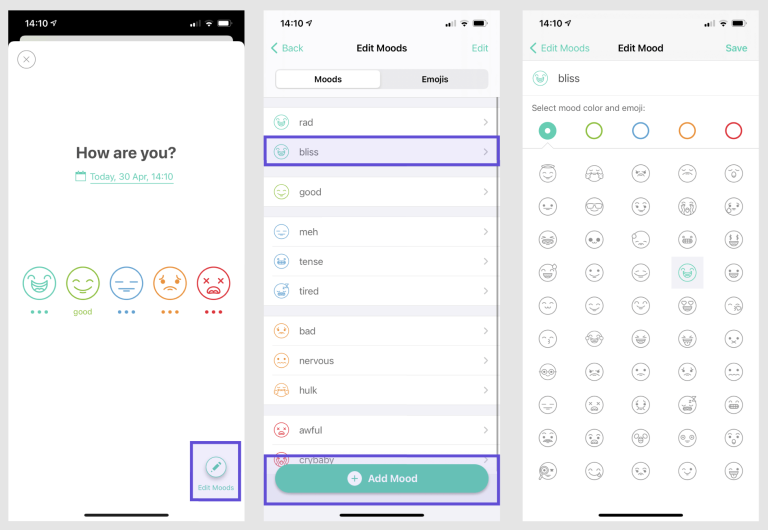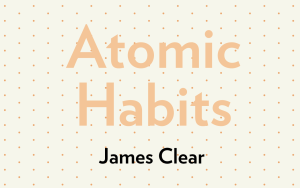Understanding food ingredient labels is one of the simplest ways to improve your diet. Many products look healthy on the outside, but the ingredient list tells the real story. According to the World Health Organization (WHO, 2023), unhealthy diets are a major risk factor for non-communicable diseases, so knowing what’s inside your food is essential.
This guide breaks down what to look for, what to limit, and how to make food choices that match your goals.
First Things First Pay Attention to Order
Ingredients are listed by weight. The first ingredient makes up most of the product, while the last is the least.
- Sugar or refined flour in the first three ingredients means the product is mostly empty calories
- Whole foods like oats, nuts, or legumes appearing first usually indicate better nutrition
- The first five ingredients often define the product’s quality
Looking at ingredient order gives you an instant snapshot of whether a product is healthy or processed.
Good Stuff to Hunt For
Choose ingredients that fuel your body and keep you full
Real Foods You Recognize
- Oats, quinoa, rice, lentils, chickpeas, vegetables, and fruits
- Minimally processed ingredients your body can use naturally
Protein Power
- Eggs, beans, peas, soy, whey protein, seeds, nuts
- Protein helps with muscle maintenance, appetite control, and energy. Studies in Nutrients (2020) show that plant-based protein reduces chronic disease risk
Fats That Help Your Body
- Olive oil, avocado, flaxseed, chia seeds, almonds
- These support brain function and heart health. According to the American Heart Association (2021), unsaturated fats are beneficial when used instead of saturated or trans fats
Fiber Heroes
- Whole grains, fruits, vegetables, legumes, seeds
- Fiber improves digestion, stabilizes blood sugar, and lowers cholesterol. The Harvard T.H. Chan School of Public Health (2022) highlights that high-fiber diets reduce heart disease and diabetes risk
Ingredients You Might Want to Avoid
Some ingredients are best kept to a minimum
Sugar in Disguise
- Glucose, fructose, sucrose, maltodextrin, corn syrup, cane sugar, dextrose
- Excess sugar is linked to obesity, diabetes, and heart disease. The American Heart Association (2023) recommends limiting added sugars to 25–36 grams per day for adults
Refined Grains That Add Calories Without Nutrients
- Enriched flour, refined wheat
- These cause rapid blood sugar spikes and offer little fiber or nutrition
Fats That Can Harm Your Heart
- Partially hydrogenated oils, vegetable shortening
- Trans fats raise LDL cholesterol and increase heart disease risk. The FDA (2018) considers trans fats unsafe but they still appear in some processed foods
High Sodium Products
- Monosodium glutamate (MSG), sodium benzoate
- Too much sodium can increase blood pressure and heart disease risk. The CDC (2022) recommends a daily limit of 2,300 mg
Ingredients That Are Neutral but Worth Knowing
Not every chemical-looking ingredient is dangerous, but some deserve attention
Natural Flavors
- Often safe, derived from plants or animals, but vague in origin
Preservatives
- Citric acid and ascorbic acid are generally safe
- Synthetic preservatives like BHT or sodium benzoate are okay in small amounts but best minimized
Artificial Sweeteners
- Aspartame, sucralose, saccharin
- These reduce calories but may affect gut bacteria. The World Health Organization (2023) recommends using them sparingly
Quick Rules to Make Shopping Easier
- Aim for ingredient lists with fewer than 10 recognizable items
- Focus on the first three ingredients to understand the product’s core
- Watch for multiple types of sugar hidden under different names
- Skip products with long, complicated lists full of chemicals
- Compare serving size to what you actually eat
Choosing Foods That Fit Your Goals
Different goals need different focus
Energy and Focus
- Whole grains, nuts, protein-rich foods for steady energy
Weight Management
- Limit refined carbs and added sugar. Choose lean protein and fiber-rich foods that keep you full
Heart Health
- Choose unsaturated fats, reduce sodium and trans fats. Olive oil, fish, legumes are excellent
Digestive Health
- High-fiber foods and fermented products with live cultures help gut health
Red Flags That Mean Skip It
- More than 12 unrecognizable ingredients
- Sugar listed under multiple names
- Any type of hydrogenated oil
- Low-fat products that are high in sugar or refined carbs
- The ingredient list is longer than the nutrition facts panel
Reading ingredient labels is about making informed choices rather than avoiding food. By spotting whole foods, identifying helpful nutrients, and avoiding unnecessary additives, you can take control of what goes into your body. Choosing products with simple, clear, and wholesome ingredient lists helps build lasting healthy habits.
FAQs
Q1 How do I know if a product is truly whole grain
A. Check if “whole grain” or “whole wheat” is the first ingredient. Words like “multigrain” do not always mean whole
Q2 Are all preservatives harmful
A. No. Ingredients like citric acid are safe. Avoid products with lots of synthetic preservatives
Q3 Should I avoid all fats
A. No. Unsaturated fats are beneficial. Only avoid hydrogenated and trans fats
Q4 Is a long ingredient list always bad
A. Not always. Healthy foods like nut-filled granola may have many items. Concern arises when the list is mostly artificial or refined
Q5 How often should I check labels
A. Every time you try a new product. For regular purchases, check occasionally as recipes may change






